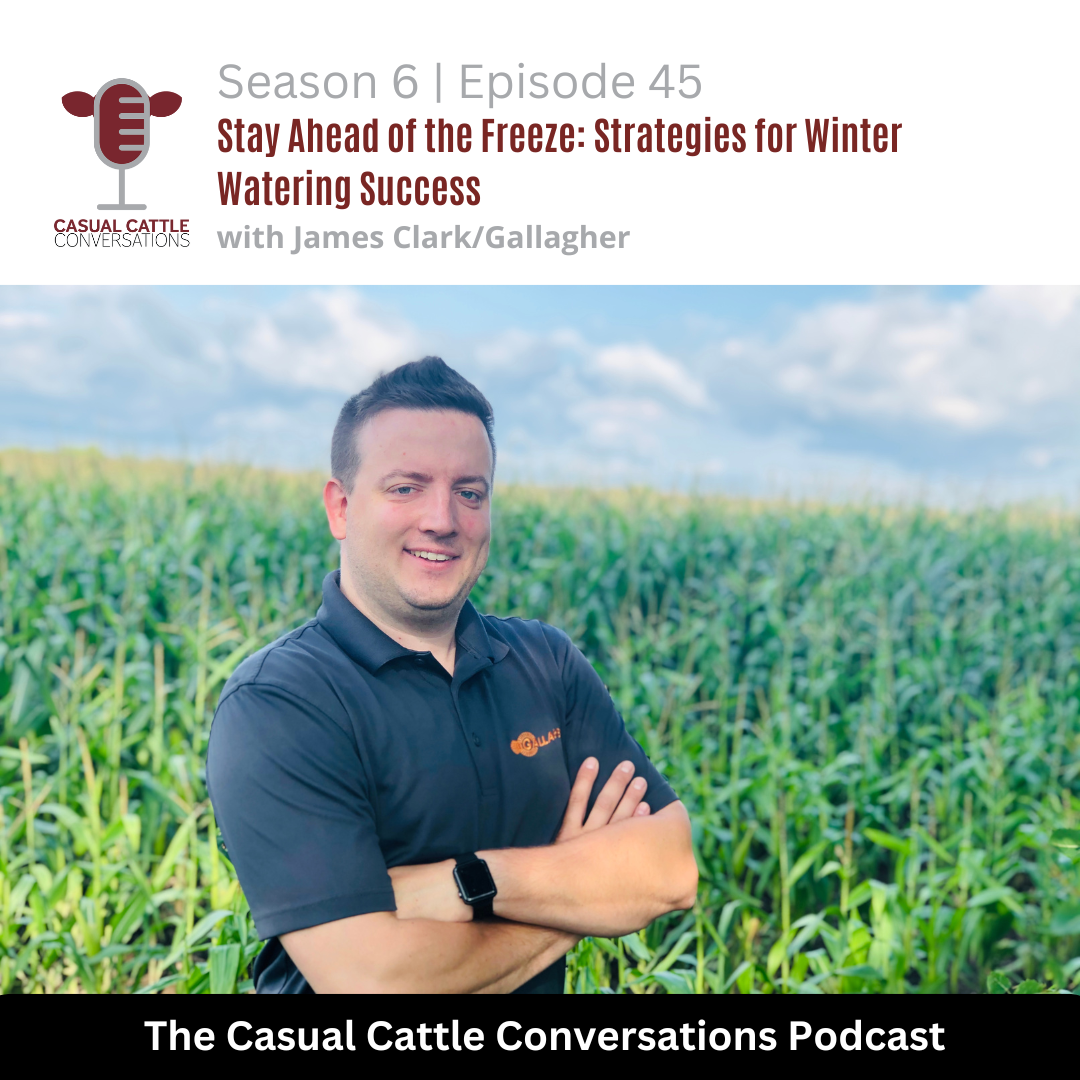Stay Ahead of the Freeze: Strategies for Winter Watering Success

Question of the Week: What’s the most important thing on your list?
Did you know that priority was meant to be a singular word? It was never supposed to have its plural form, priorities.
What’s your priority for the rest of this month and what steps do you need to take to get there?
Whether it is weaning, wrapping up harvest, building new corrals or putting in new water tanks write it down and share it with someone who will hold you accountable and keep you focused.
Stay Ahead of the Freeze: Strategies for Winter Watering Success
I don’t know about you, but it is cold out there for those of us located in the Northern Plains and Midwest. Keeping cattle fed, bedded and out of the wind is one thing; but making sure they have flowing water is another. I get chills just thinking about chopping open tanks and thawing out floats and waterlines. Keeping water sources open and running is one of the main challenges cattle producers in northern environments face during the winter months. James Clark with Gallagher joins the show from Eastern Ontario to share how he ensures his cattle and sheep always have water during the coldest days of the year. Clark covers what water systems he uses and what he recommends when it comes to planning out where to put these water sources.
The type of water system you use is completely up to you but there are certain factors to consider to set yourself up for success. Think through what type(s) of livestock will be using the tank, what time of year they will be in each pasture and pen, and what degree of winter preparation you need to do in your area. Clark is in Canada and uses the MiraFount system for his livestock. Clark appreciates the MiraFount system for a couple of different reasons. These tanks are automatic waterers with several inches of insulation. In addition to this, the tanks are heated in a way that keeps all the water entering the tank and in the tank above freezing. These tanks are also designed to be energy efficient.
As you pick a design for the water tank that you use, consider how much protection the water source will have from blowing wind and snow.
“The tank we have up against our barn has two open drinking holes because the barn protects it from wind. The tanks out in our pastures have the floating balls to keep the holes from icing over because they are not as protected out in the pasture,” said Clark.
You’ll also want to consider how many head of livestock will be utilizing the water source at a time.
When it comes to running new lines and putting in new water sources you must keep expansion in mind.
“We thought about the biggest we could ever see our operation being on this property and then looked at how many waterers we need and where we need them. From there we placed the two new ones we needed right now in locations that will allow us to easily expand when the time comes,” said Clark.
Remember to consider where your current wells and power sources are when planning where to run lines and how deep to put them. Oh! And don’t forget about where your frost line is too!
For those of you who are trying to make this coming winter better than last but aren’t putting in new tanks. Start preparing sooner rather than later.
“In October make sure your heaters, trace wire and other components of your winter tanks are running. It’s better to test them when it’s nicer out than when it’s below zero,” said Clark.
At the end of the day, it all comes down to being prepared and taking care of your infrastructure. It might feel like a hassle or large investment, but if you live in an area with harsh winters, it’ll be worth the time, money and resources you invest. “Just do it right the first time and you won’t have to worry about it later on,” said Clark.








